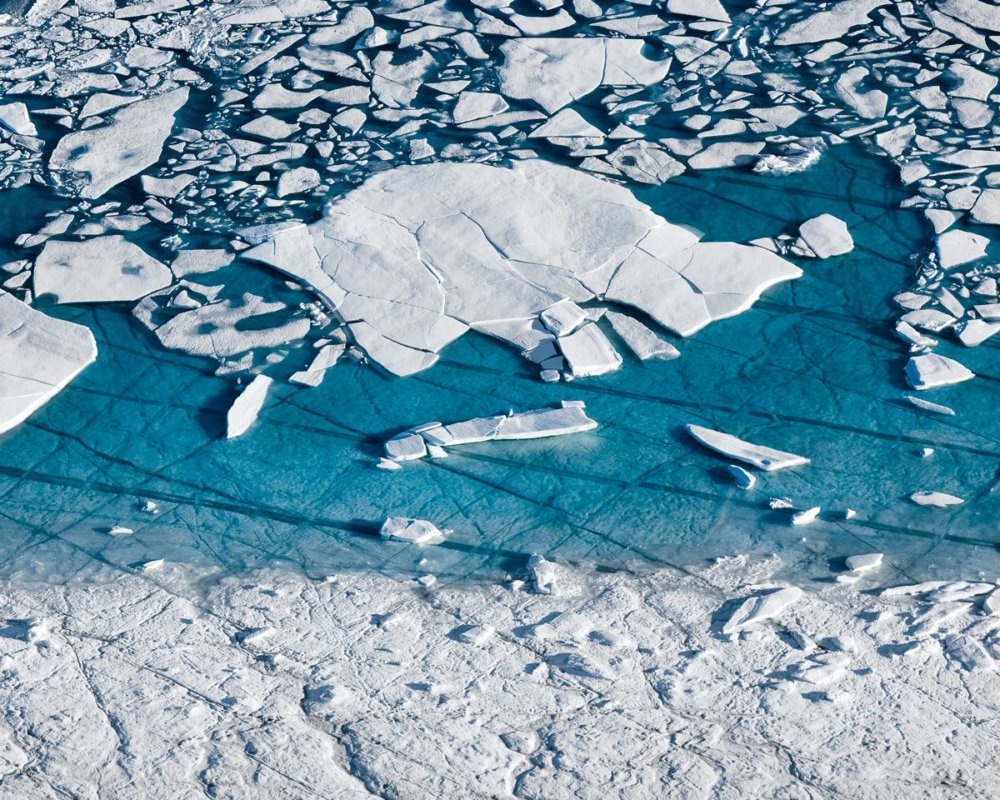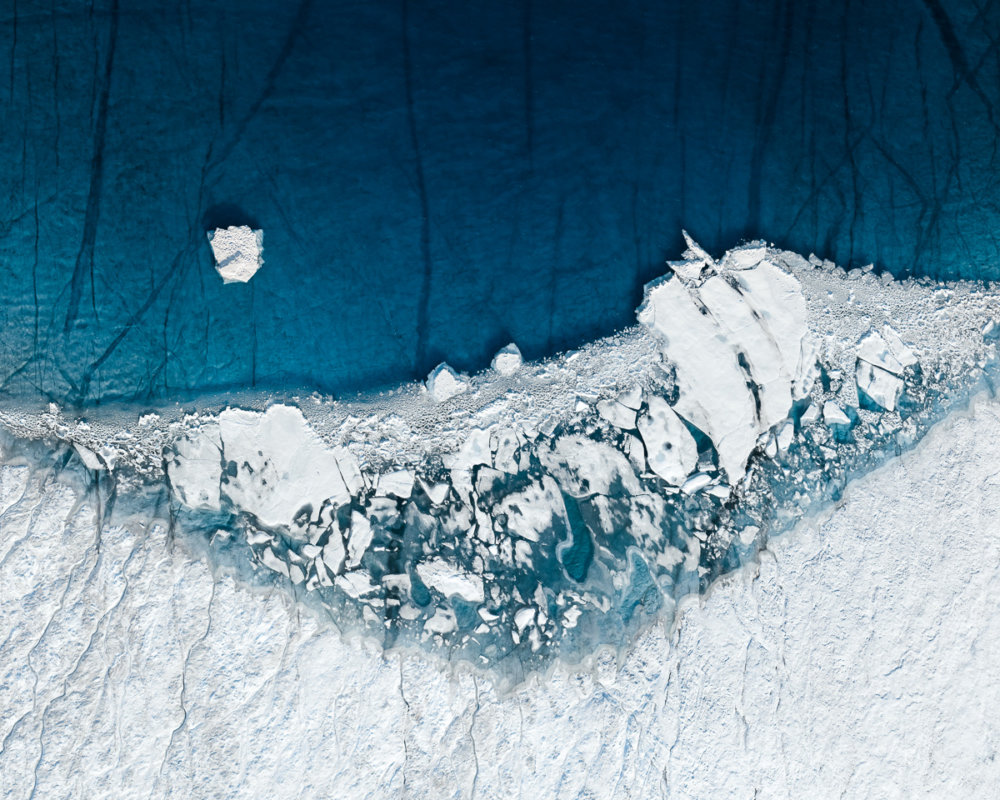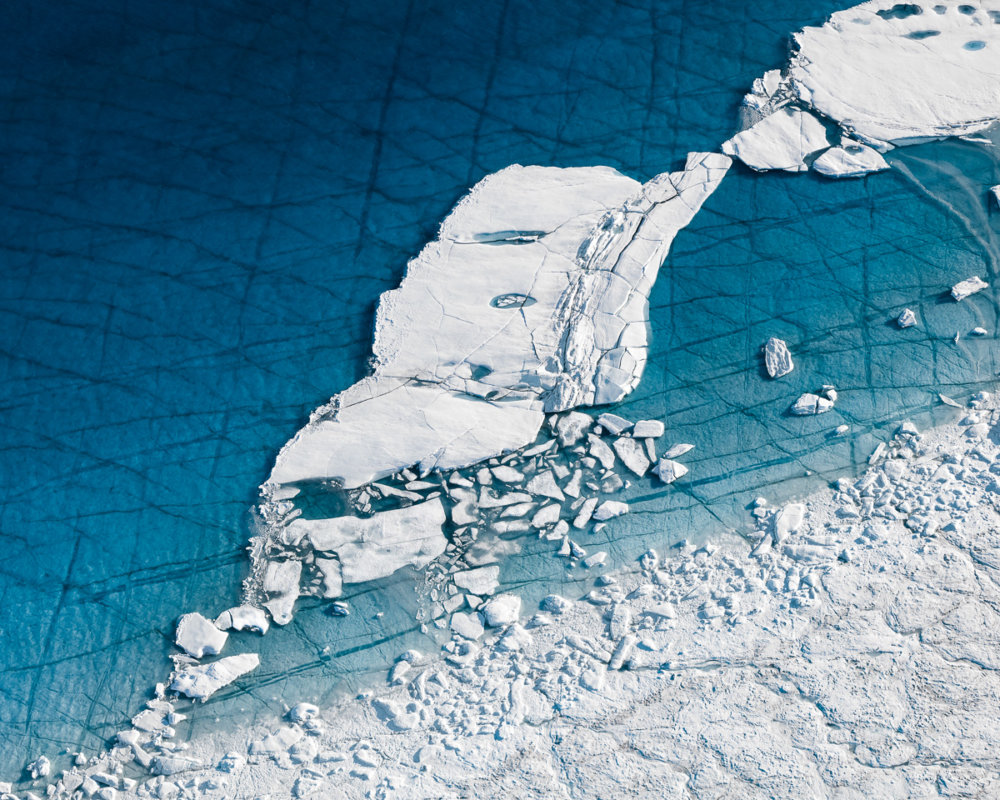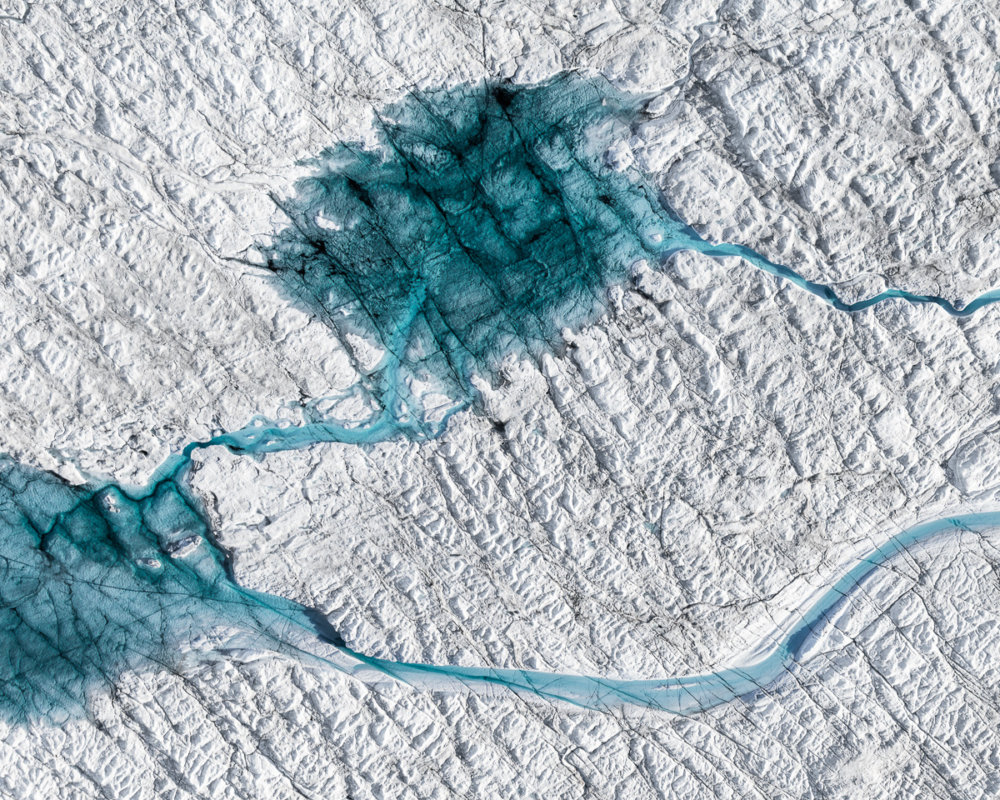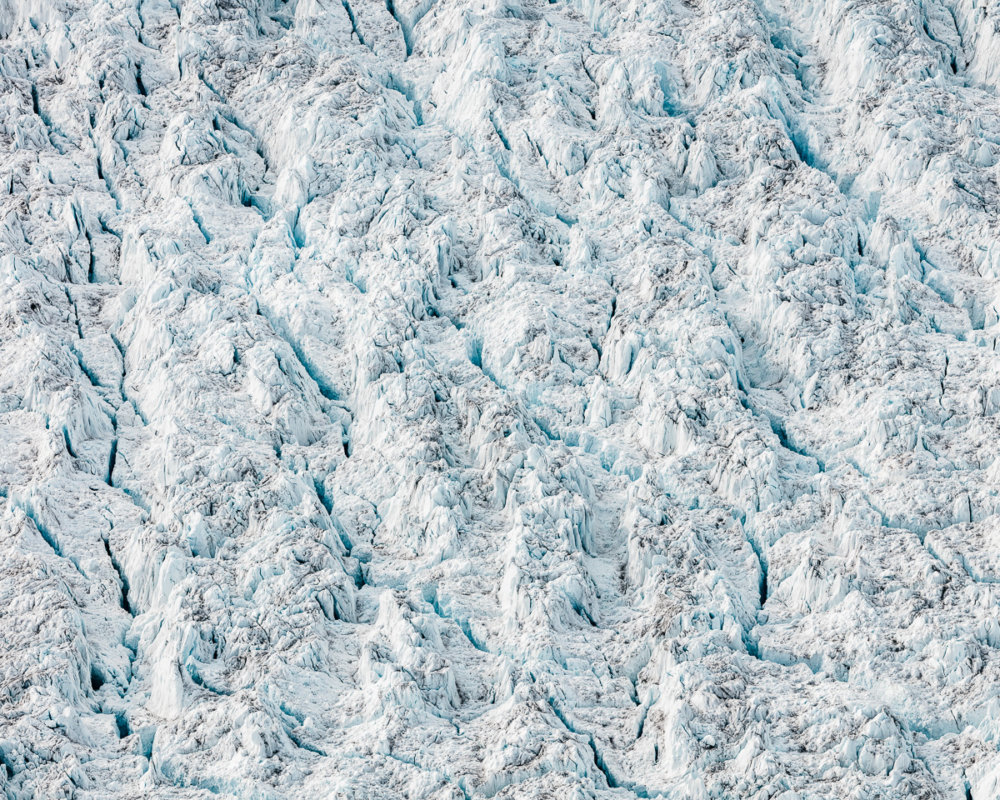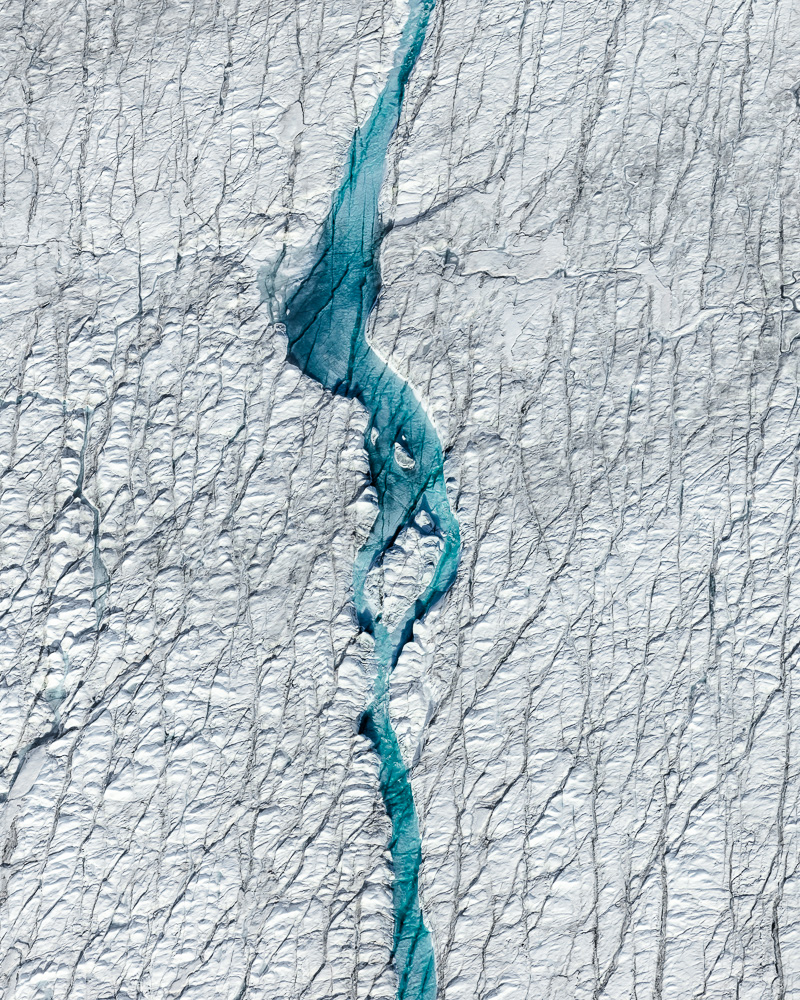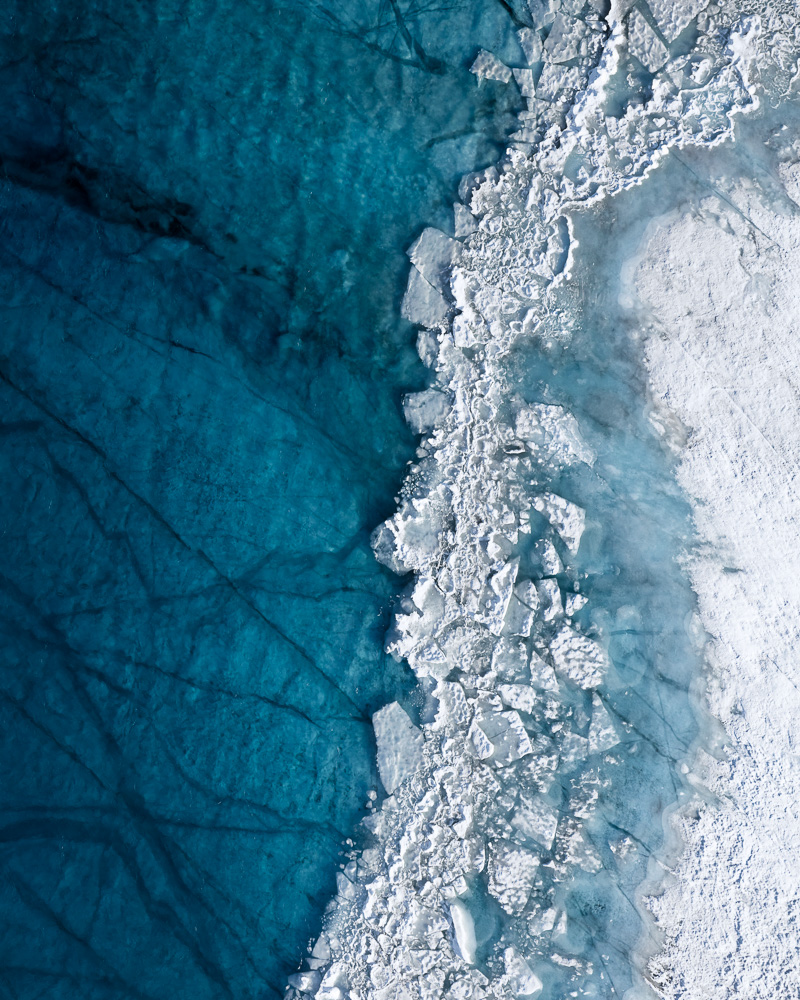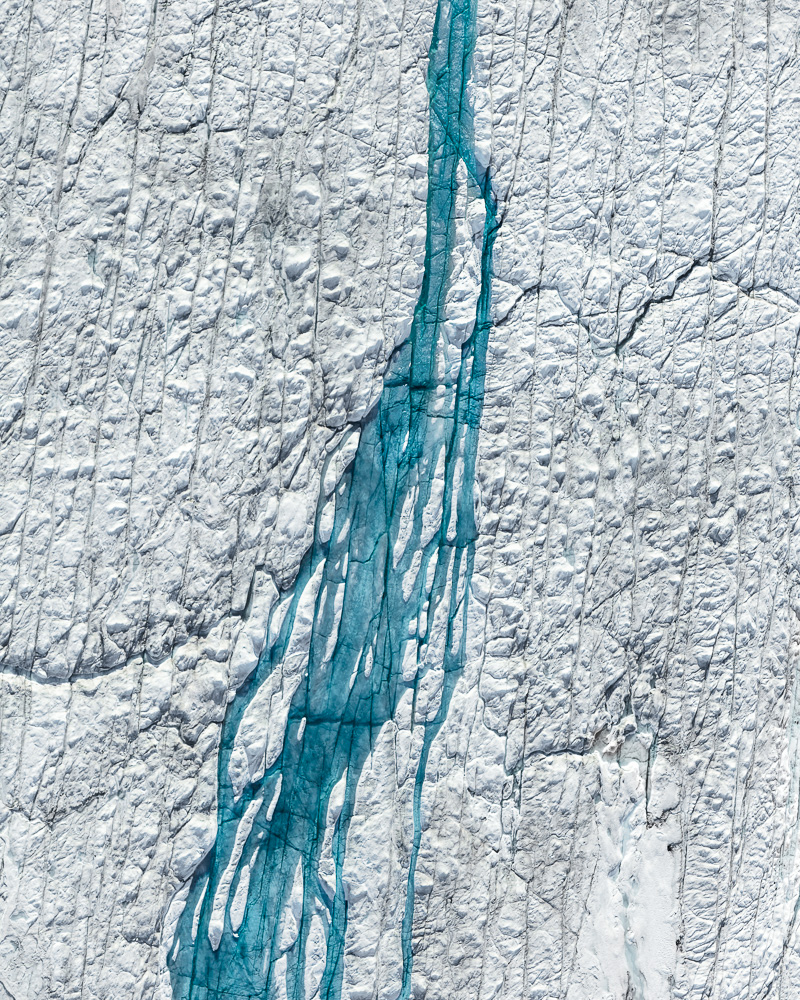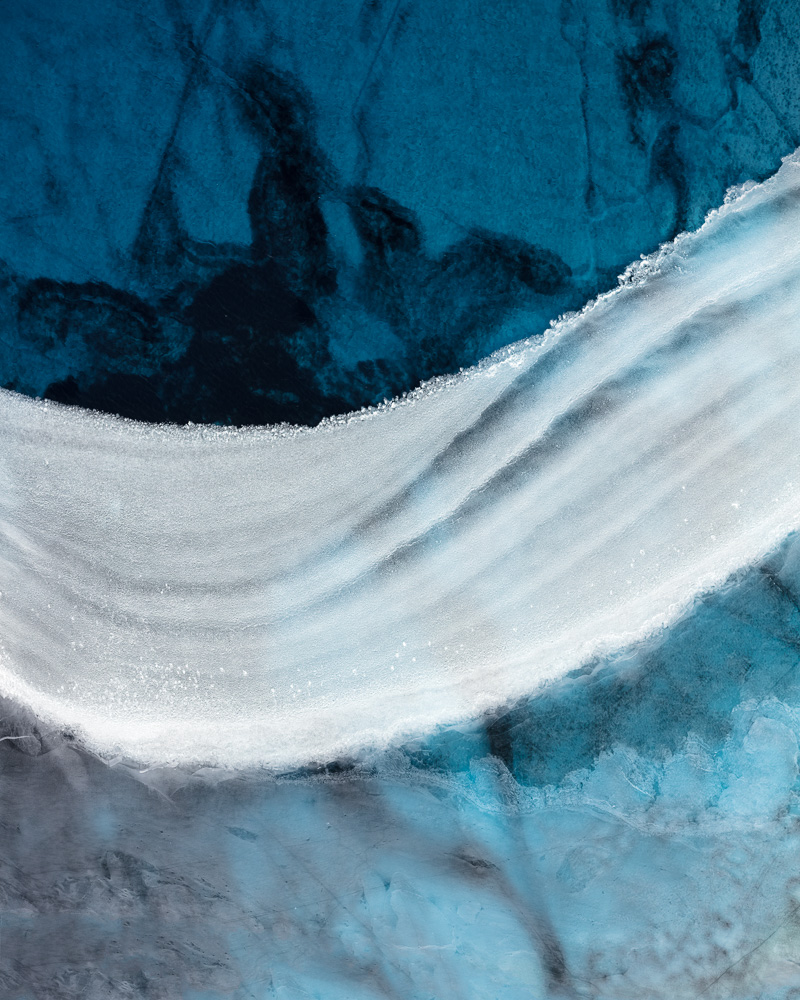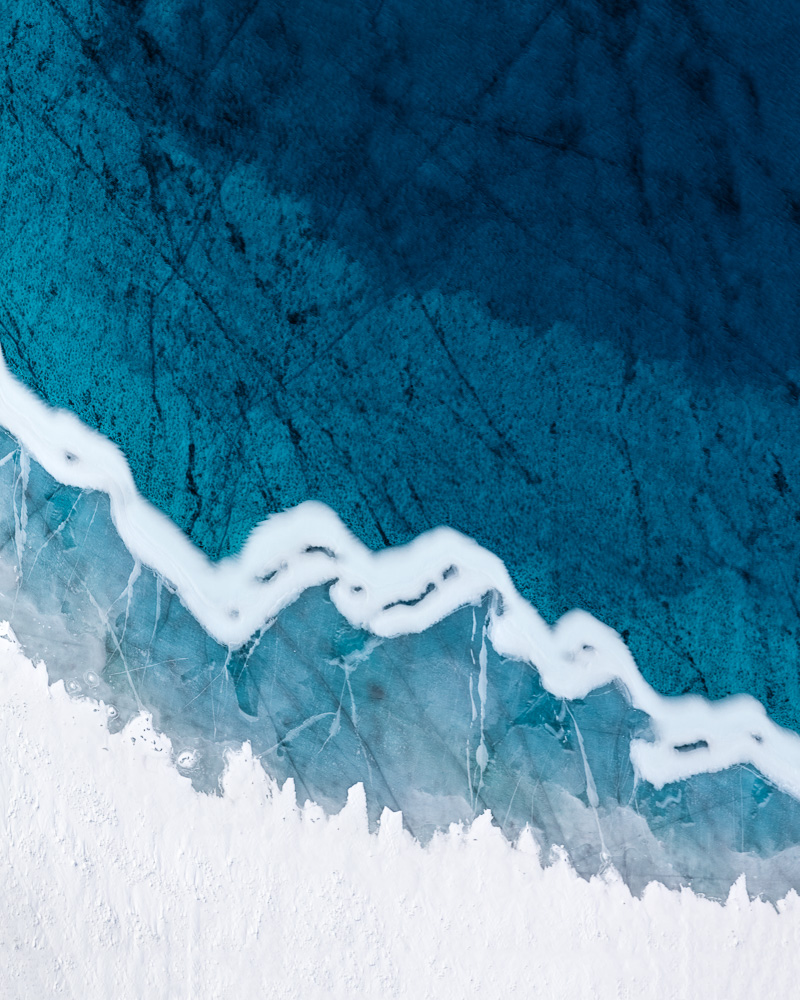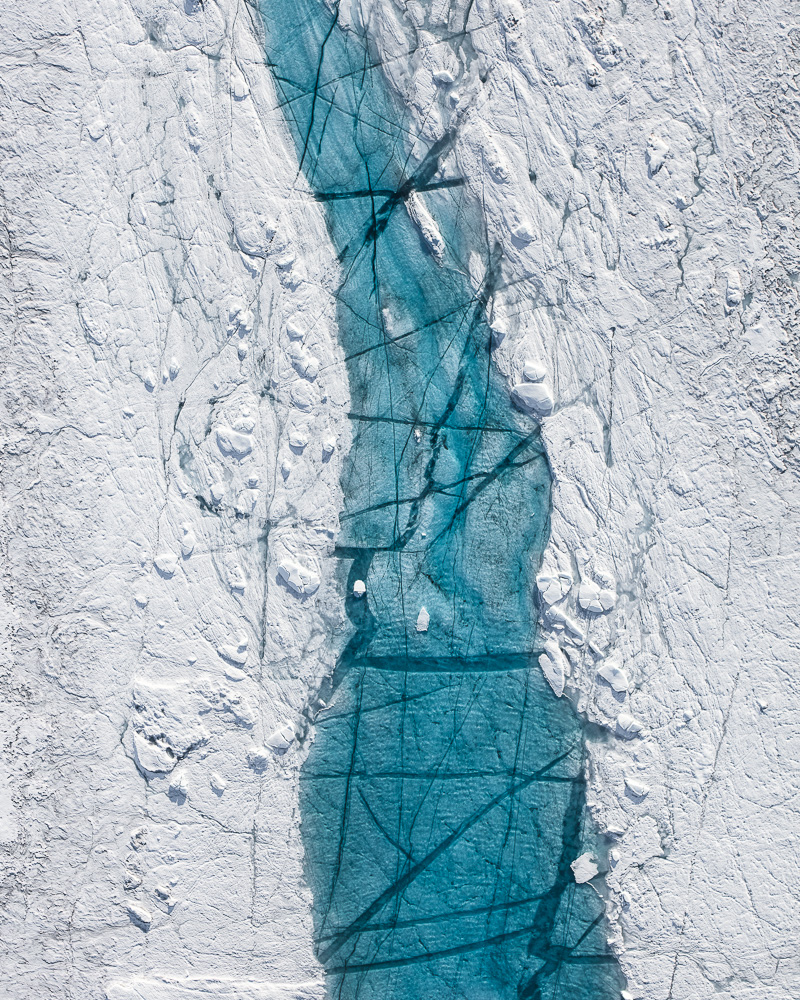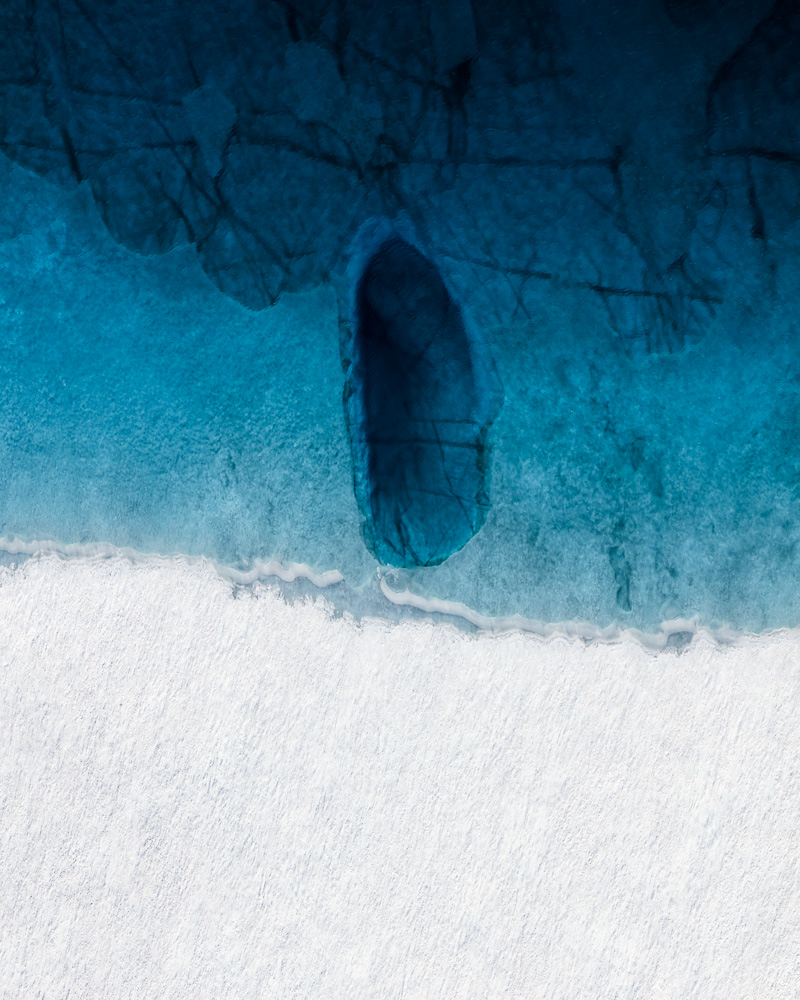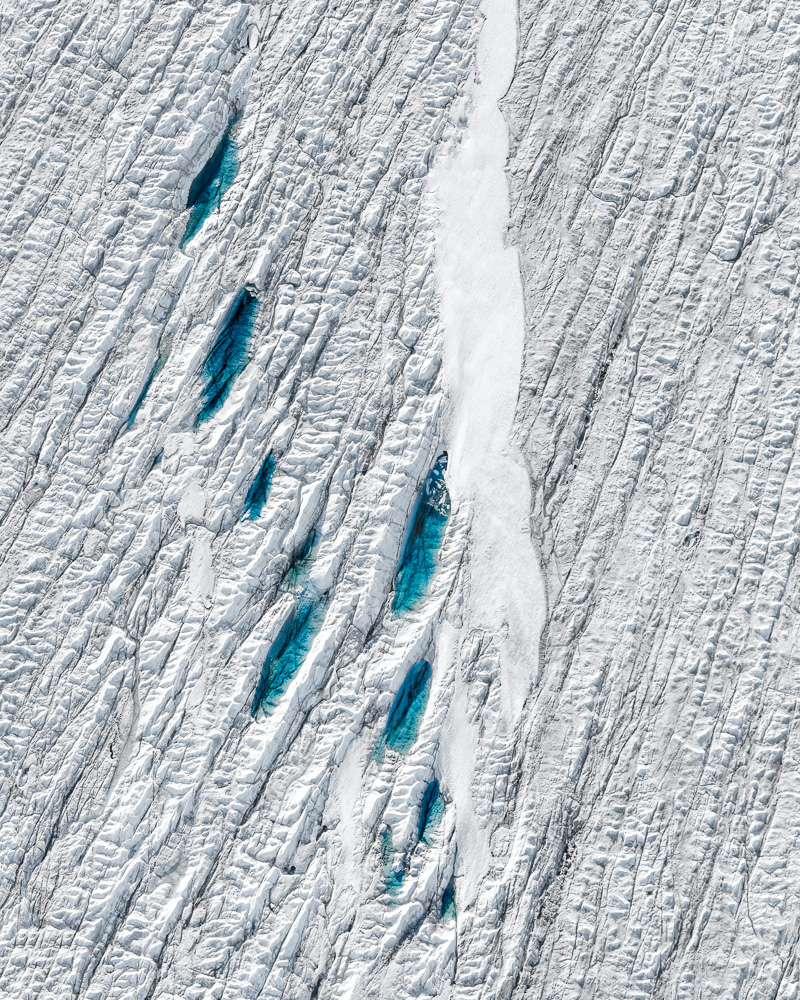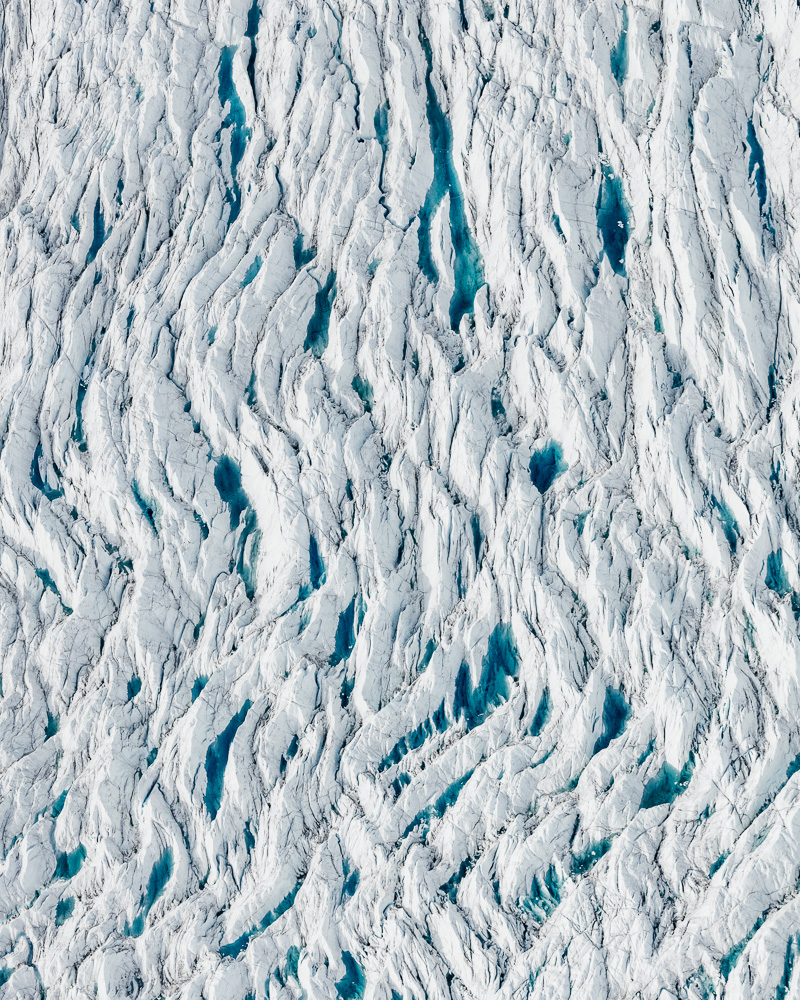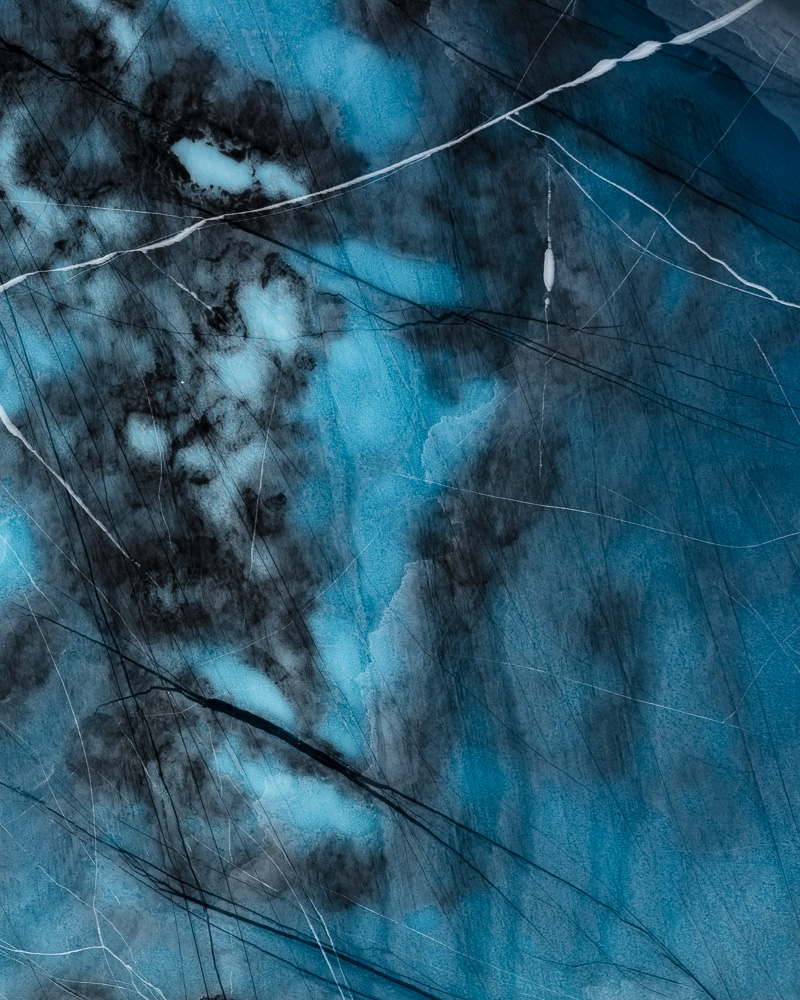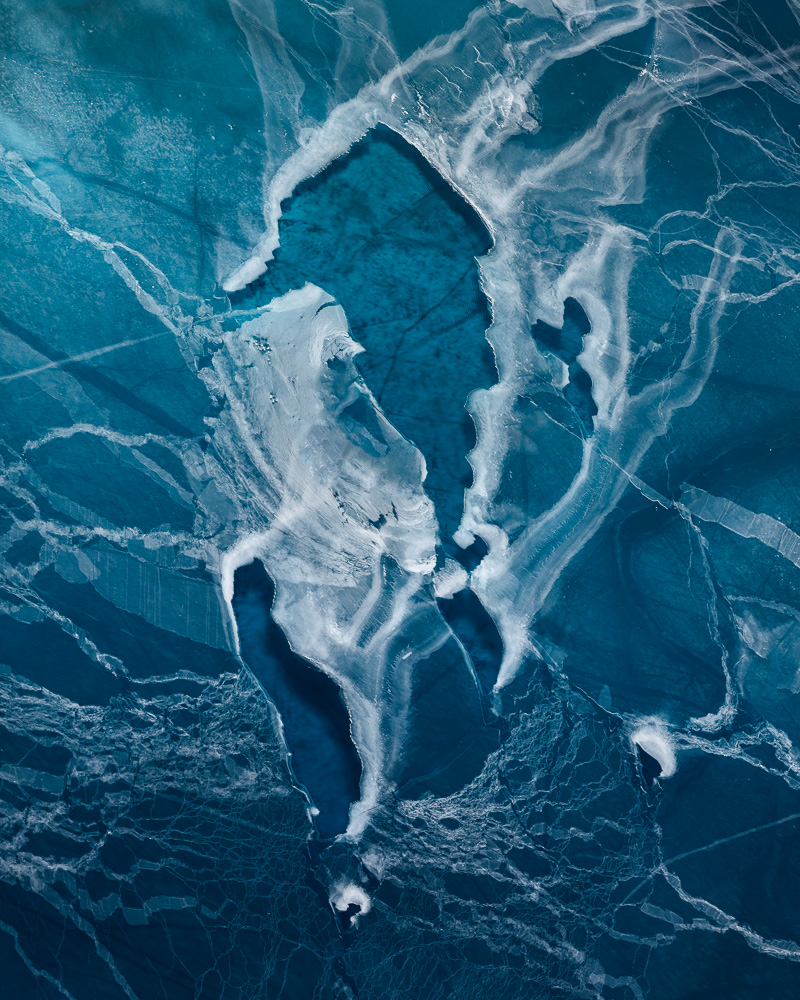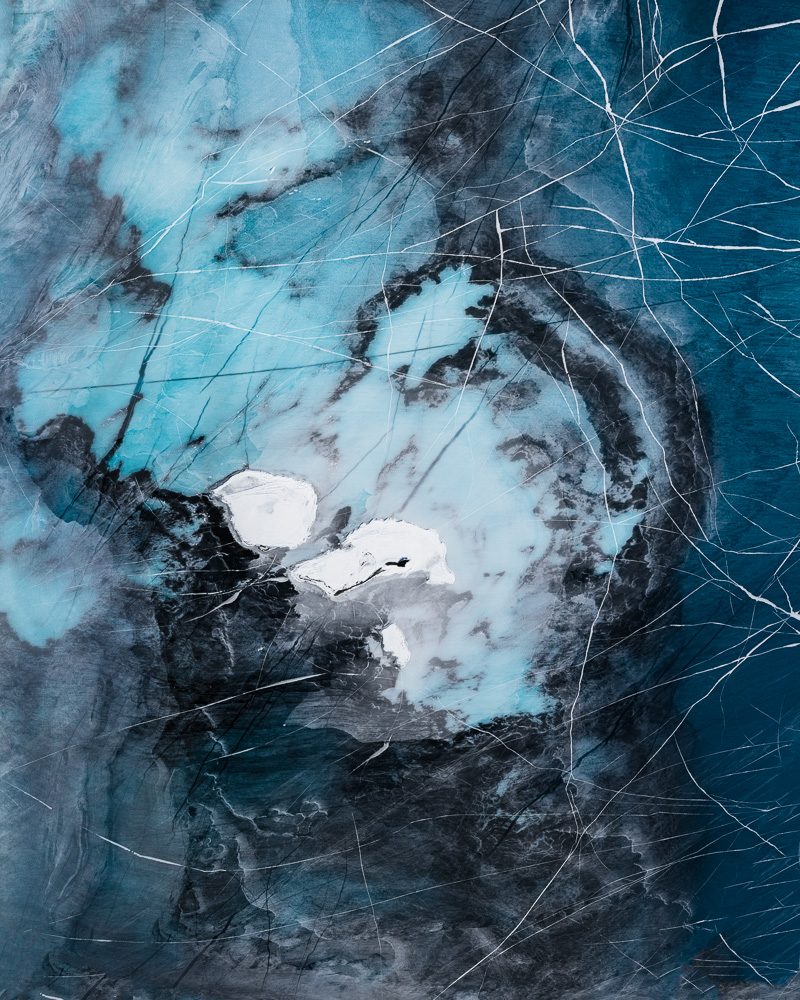Tom Hegen’s captivating photography series, The Two Celsius Degree, underscores the pivotal impact of climate change as it unfolds in Greenland. With a keen eye from above, Hegen captures the stark beauty and the disturbing transformation of the polar ice, adeptly revealing the paradox of aesthetic allure and environmental distress. His aerial perspectives illustrate the tangible effects of global temperature rise on the Arctic heart. As the ice melts, intricate patterns form, creating unexpected landscapes that are both haunting and mesmerizing. These images act as silent narratives, detailing the duality of nature’s art and its gradual dissolution due to human-induced global warming.
The Greenland ice sheet, a colossal reservoir capable of elevating global sea levels by over seven meters, serves as a warning beacon in Hegen’s work. The Arctic’s rapid warming is a crucial indicator of broader climatic shifts, a call for humanity to reconsider its environmental path. As nations grapple with the commitments of the Paris Climate Agreement, these photographs inspire urgency and reflection. Hegen’s art, transcending mere documentation, becomes a poignant reflection on the pressing need to address environmental change, motivating a broader dialogue about sustainability and collective responsibility for our planet’s future.
Global sea-level rise will be one of the major environmental challenges of the 21st Century. One of the leading causes of sea-level rise is the melting of ice from glaciers and ice sheets. The Greenland ice sheet alone contains enough water to raise global sea levels by more than 7 meters. The Arctic is the fastest-warming place on this planet, providing the first indication of how climate change is having an impact. Below two degrees Celsius above pre-industrial levels is the agreed goal signed by 197 countries at the Paris climate agreement in 2015 to limit global warming to avoid disastrous consequences of climate change.
Tom Hegen
More info: Website, Behance, Instagram.
